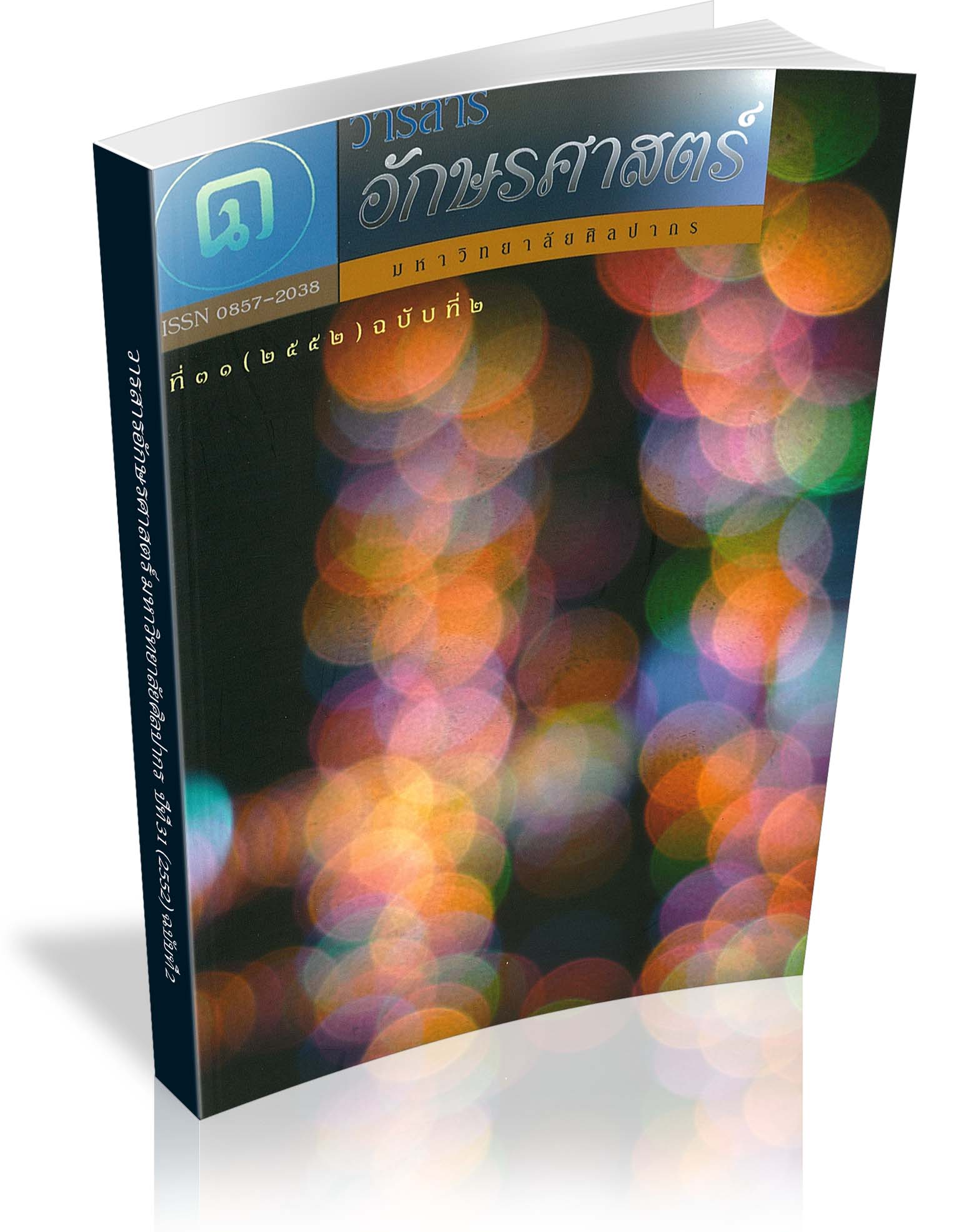The Usage of The Particles 이/기 and 은/는 of Thai students
Keywords:
particle, <이/기, 은/는>Abstract
Due to the fact that Thai and Korean Grammar structures are very different, Thai students who learn Korean language encounter a number of problems and difficulties in learning the language especially the usage of particles 이/기 and 은/는 to identify the subject and the topic, or to imply a different meaning to the sentence which does not exist in Thai. The method of this research is to compile several usage principles of particles 이/기 and 은/는. This information will be used to find out what usage principles are used more correctly or incorrectly by the students. The results of this research will be used as part of teaching development for Thai students learning Korean.
Downloads
References
สุนทรี ลาภรุ่งเรือง และคณะ. ไวยากรณ์ภาษาเกาหลีเบื้องต้น. กรุงเทพฯ : อมรินทร์พริ้นติ้ง, ๒๕๕๐.
Ihm, Ho Bin, Hong Kyung Pyo and Chang Suk In. Korean Grammar for International Learners. Seoul, Korea : Yonsei University 2001.
Downloads
Published
How to Cite
Issue
Section
License
ผู้เขียนบทความต้องยินยอมในข้อกำหนดต่าง ๆ ของวารสารก่อนส่งบทความตีพิมพ์




